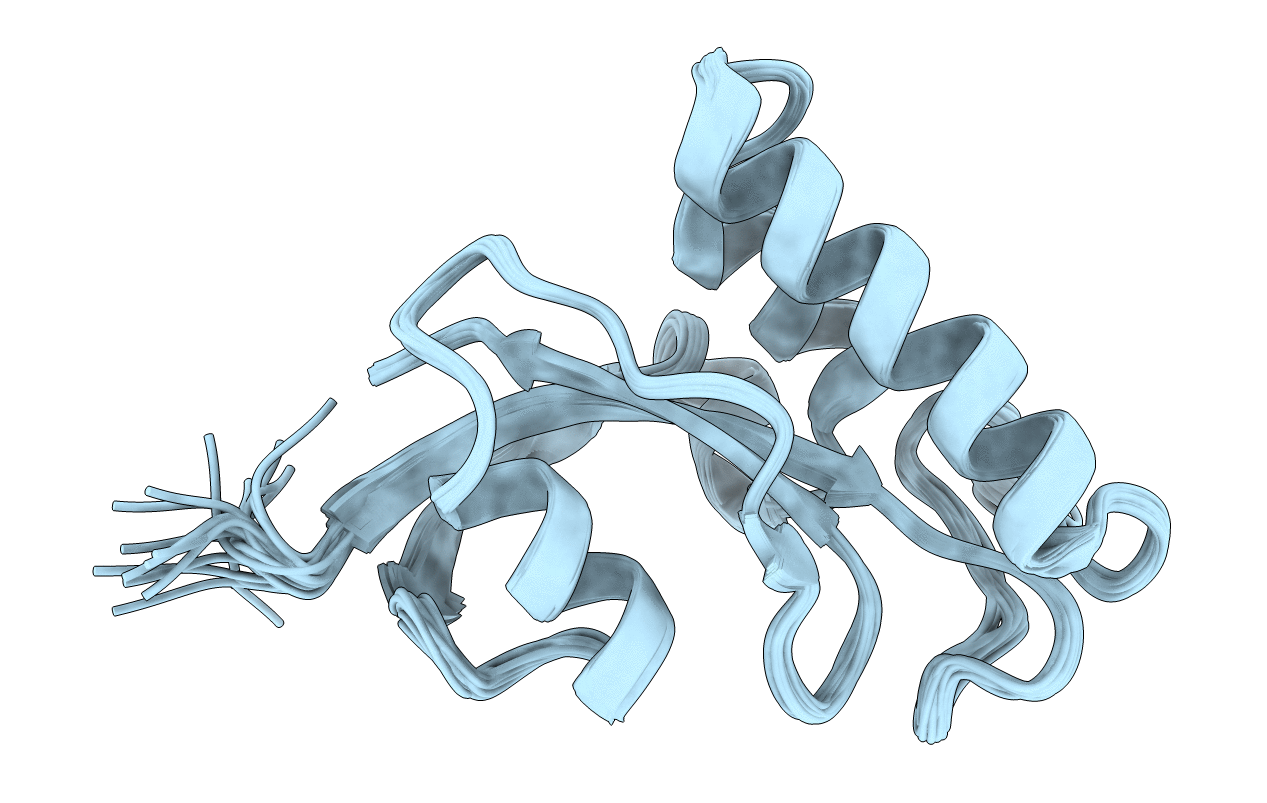
Deposition Date
2011-09-06
Release Date
2012-08-22
Last Version Date
2024-05-15
Method Details:
Experimental Method:
Conformers Calculated:
200
Conformers Submitted:
20
Selection Criteria:
structures with the lowest energy


